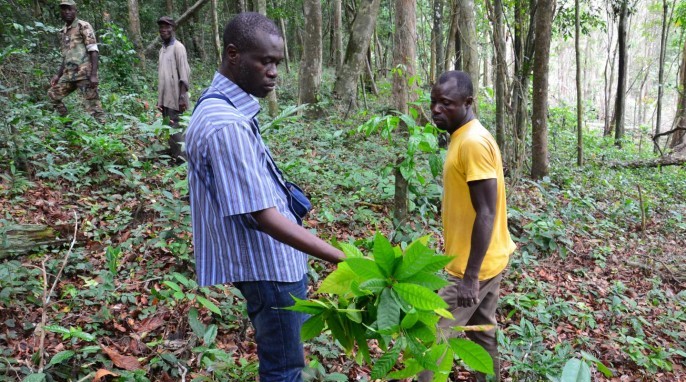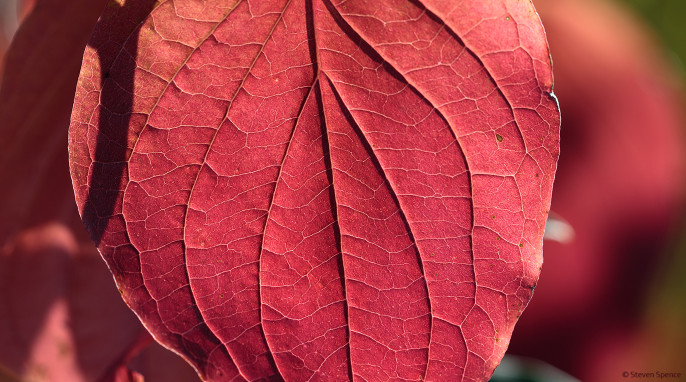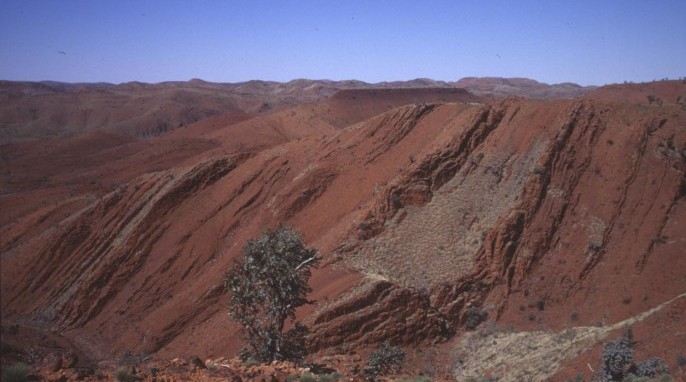When a team of researchers set out to count the endangered primates in Ivory Coast national parks and forest reserves, they expected to find monkeys. Instead they found that most of the protected areas had been deforested and turned into illegal cocoa farms.
The team surveyed 23 protected areas in West Africa and found about three-quarters of the land in each area was being used for cocoa production. Most of the trees and the monkeys that lived in them were gone.
Bitter Chocolate: Illegal Cocoa Farms
“The world’s demand for chocolate has been very hard on the endangered primates of Ivory Coast,” says W. Scott McGraw, professor of anthropology at Ohio State University. The Ivory Coast is the largest producer of cocoa beans, providing more than one-third of the world’s supply. Cocoa is, of course, the main ingredient in chocolate. Growing cocoa is not illegal, but growing it in a national forest reserve is.
The team had planned to just do a census of the moneys in these protected areas. “But when we started walking through these areas we were just stunned by the scale of illegal cocoa production. It is now the major cause of deforestation in these parks,” McGraw says. “There are parks in Ivory Coast with no forests and no primates, but a sea of cocoa plants.”
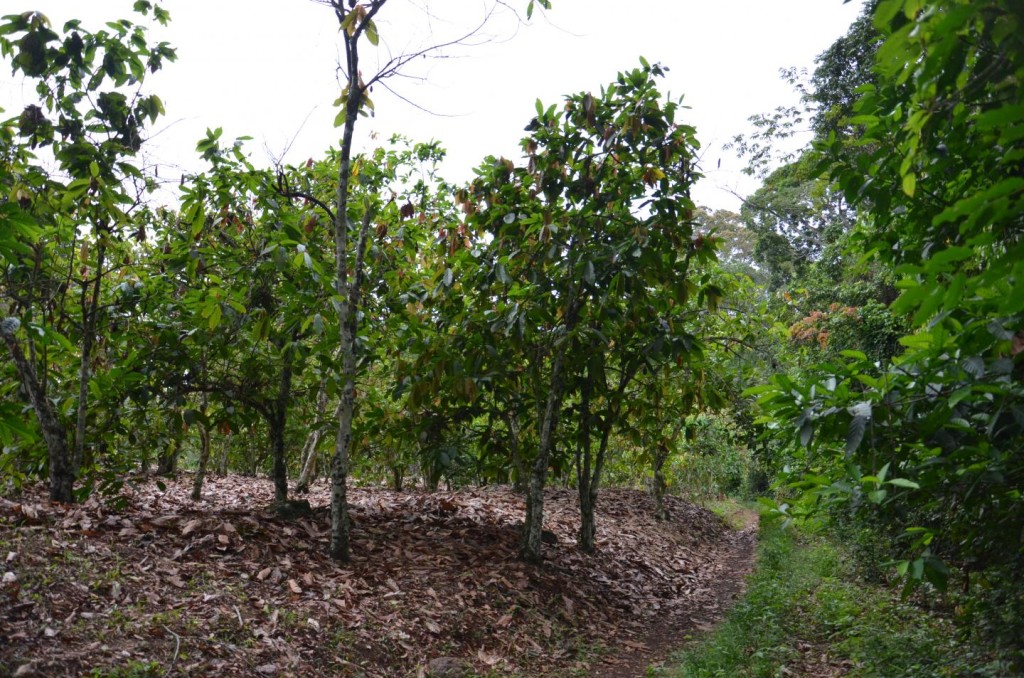
All of the researchers involved in this study work for Ivory Coast research institutions. They spent a total of 208 days walking through nationally protected areas, mostly in the central and southern regions of the country. In each area, they documented the amount of forest that had been cut down or degraded and how much was replaced by cocoa or other crops. They also recorded the presence of only 16 primate species, including monkeys and chimpanzees.
The results of the census, McGraw says, were “depressing.”
Of the 23 protected areas, 16 had more than half of their forests degraded by illegal cocoa farms, logging or other human disturbance. While a variety of agricultural products were grown illegally in the parks, 93 percent of the crops were cocoa.
Overall, 20 of the protected areas had illegal cocoa farms and approximately 74 percent of the total land in these areas was transformed into cocoa production.
Entire villages and communities have sprung up within these so-called wildlife preserves. One settlement has a population of nearly 30,000 people.
“I’ve been doing survey work in these parks for 20 years, and it wasn’t nearly this bad when I started. This is a relatively recent development,” McGraw says.
Ivory Coast Primates Facing Extinction
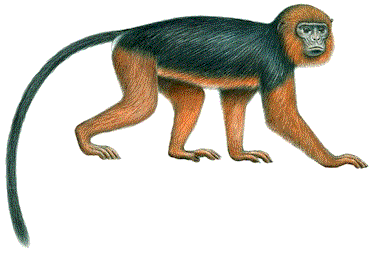
While climate change impacts the lemurs of Madagascar, the farming of cocoa in forest reserves has left 57 percent of Ivory Coast national parks devoid of primates. Other parks have lost half of their primates.
One species of monkey, Miss Waldron’s red colobus, was not seen during this survey and has not officially been sighted since 1978. Researchers say that it is probably extinct.
RELATED: LEMURS: WHERE WILL THEY GO?
Two other monkeys – the Roloway monkey and the White-naped mangabey – were seen in only two reserves and are critically endangered due to the habitat destruction caused by illegal cocoa farms.
“The Roloway monkey may be the next to go extinct,” McGraw says. “It is not able to live in the degraded habitats that are left in many of these protected areas.”
Protected Primates Left Unprotected
Why have cocoa farmers been allowed to move into protected wildlife parks? Many of the older, legal cocoa plantations in the country have been blighted by disease or otherwise haven’t produced crops at the same levels as previously, which has led some growers to establish new farms in the wildlife reserves. Moreover, migrants from outside the country have moved into Ivory Coast and turned to farming to survive.
At the same time, Ivory Coast has been in political turmoil in recent years and the government has not been monitoring or protecting the forest reserves.
“There is little, if any, real active protection given to these parks and reserves,” McGraw says. “People have moved in and settled with essentially no resistance, cut down the forest, and planted cocoa. It is incredibly blatant.”
McGraw said that while the results are disappointing, there is still time to halt the disappearance of more primates and other wildlife. First, the land within protected areas needs to be, in fact, protected.
Outside these protected lands, growers can switch to shade-cocoa farming, which keeps some of the large existing trees, with cocoa plants interspersed among them. This would at least preserve some suitable habitat for monkeys, the team suggests.
Locals Taking Action to Protect Primate Habitats
Citizen science projects have been shown to inspire conservation efforts, so grass roots efforts are being made to protect Ivory Coast forest reserves. One promising development is the establishment of community-based biomonitoring programs that involve foot patrols conducted by local villagers. Scientists working in the area have also started a patrol in the Dassioko Forest Reserve and have had some success in reducing illegal forest destruction in the area. The monkeys may still have a chance.
This research about endangered primates and illegal cocoa farms is published in the journal Tropical Conservation Science.
Top Image: Researcher Gonedele Sere (left) holds a cocoa plant found at an illegal cocoa farm in the Dassioko Forest Reserve in Ivory Coast (Photo by W. Scott McGraw, Courtesy of Ohio State University)

